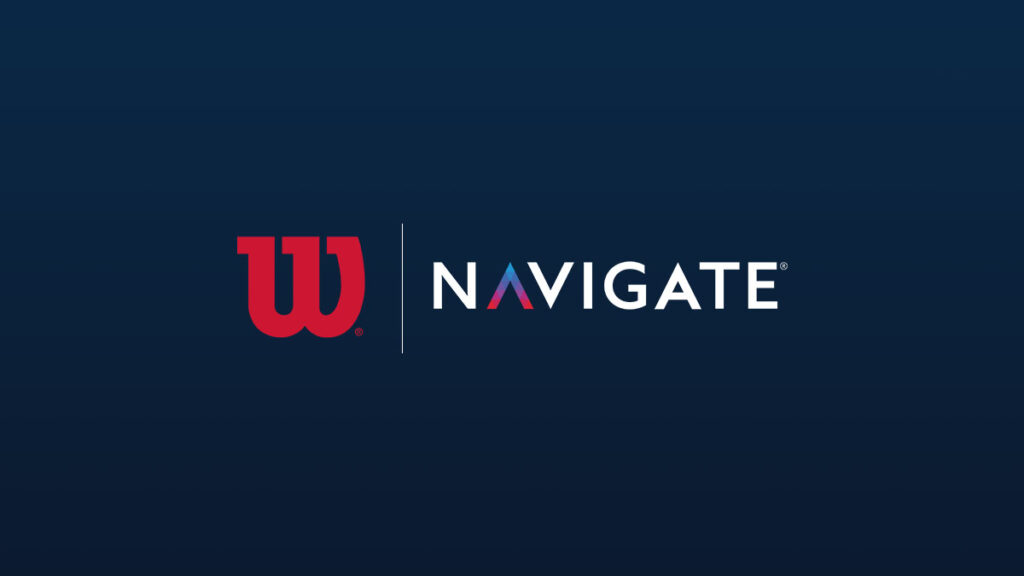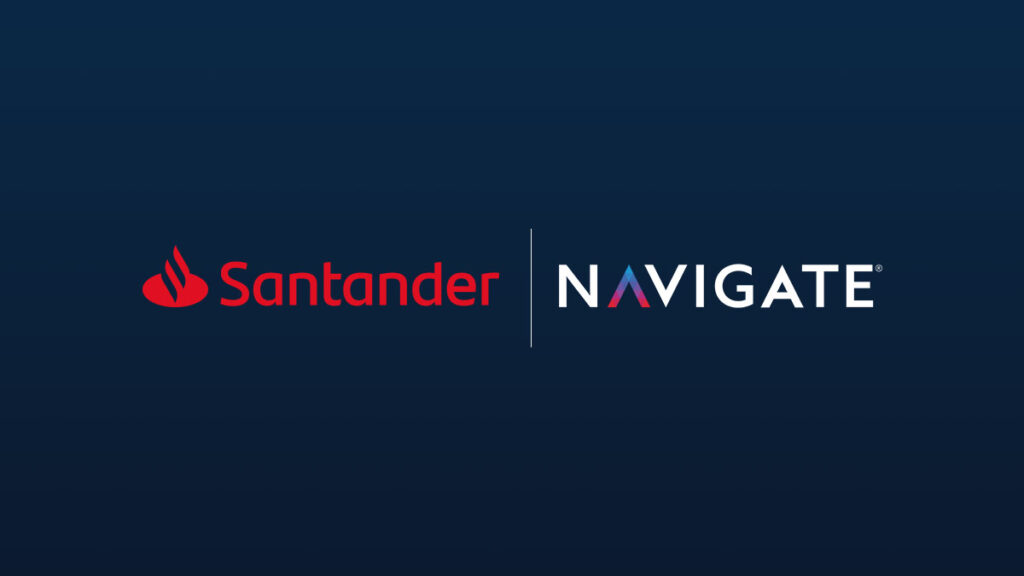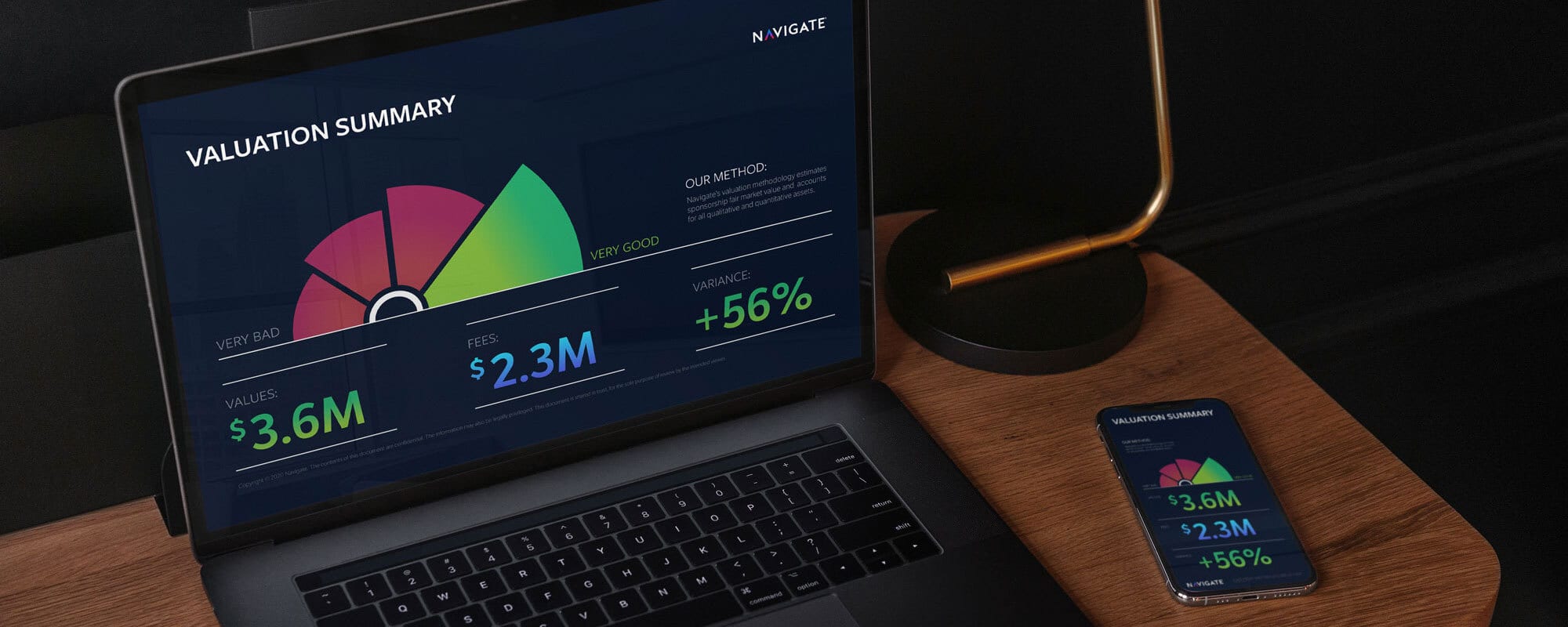
University Business – “The Tempo of Change”
Last week was the annual meeting for NACUBO, the National Association for College and University Business Officers. “The Tempo of Change” was a very fitting title considering the number of challenges and changes on the horizon within higher education. The keynote and opening speaker was Dan Heath, author of ‘Made to Stick’ and Senior Fellow at Duke University’s Case Center.
Heath addressed the theme of change by acknowledging how change can be difficult to handle on a university campus. Universities have been responsible for revolutionary innovations such as the polio vaccine, seat belts, rocket fuel, and pace makers. Yet, when it comes to making business decisions or institutional changes, the status quo remains in the comfort zone.
Heath’s advised to broach change by breaking it up into three manageable steps:
1) Identifying a problem and a plan of action to address it
This is actually the easiest step. Administrators are fully capable of creating dynamic, well-thought out and well-presented plans. For example, the University determined the need to reduce energy expenditures and identified a variety of cost-cutting alternatives. Many schools may do this every day and no one knows about it.
2) Finding an emotional connection between the problem and the solution
This is the missing link. The emotional response is what creates the motivation that will be the difference maker in pushing a plan into action. At the University of California, Berkeley, the schools energy problem was met with a solution that had an emotional motivator. Cal partnered with a solar energy company that made a long term commitment to help identify opportunities for change, while also donating hundreds of thousands of dollars to the University. The donations went toward enhancing the student experience through educational programming and scholarship opportunities, prompting the University to invest in solar. Something that may have taken years to pull the trigger on is now in put into action.
3) Providing a clear path to success
Health’s final step was to provide a clear path to success after the decision is made to move forward with change. Other NACUBO topics from a variety of industry experts included the concept of creating a $10,000 degree option, in order to keep up with the changing climate and availability of alternative forms of higher education. Additionally, outsourcing services that are not a proficiency of the University or part of its core mission are good approaches, such as maintenance, landscaping, and food service.
Overall it was an informative and interesting week. There were many opportunities to share insights with several expert administrators who unanimously agreed on one thing: change is needed. And if you are not ahead, you are behind.






